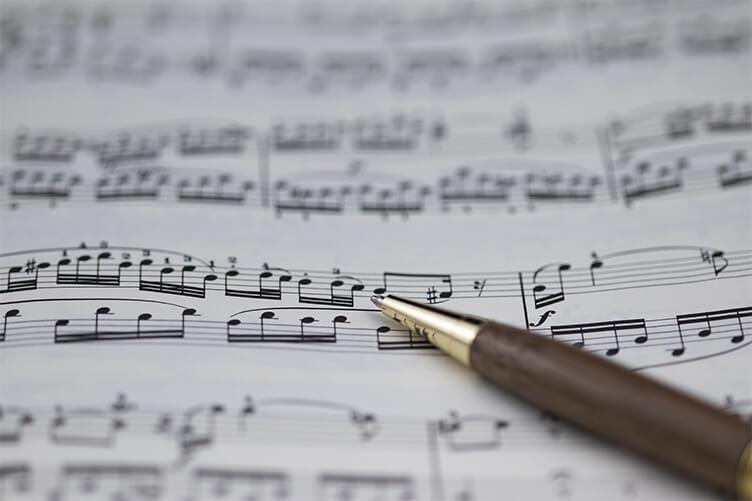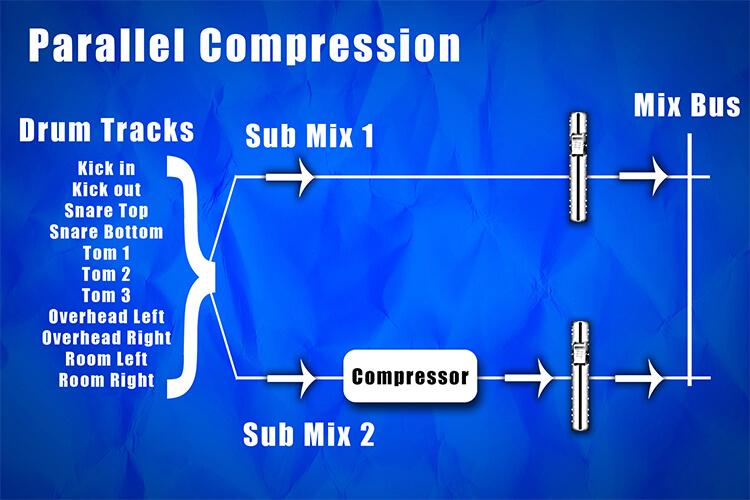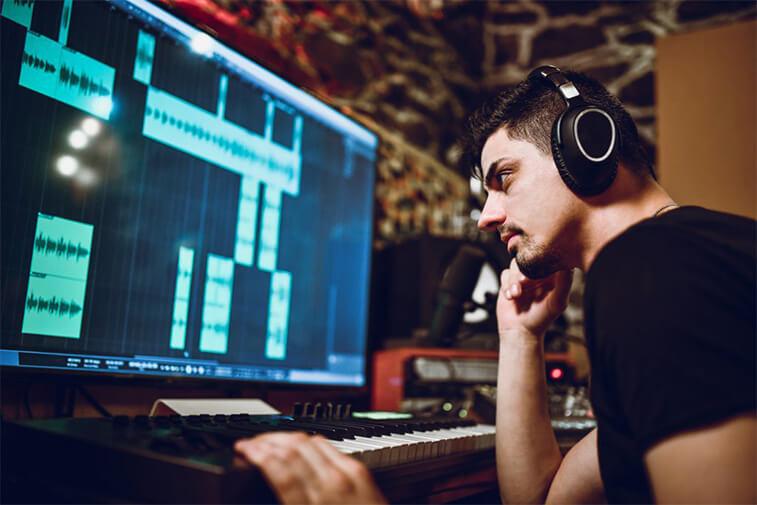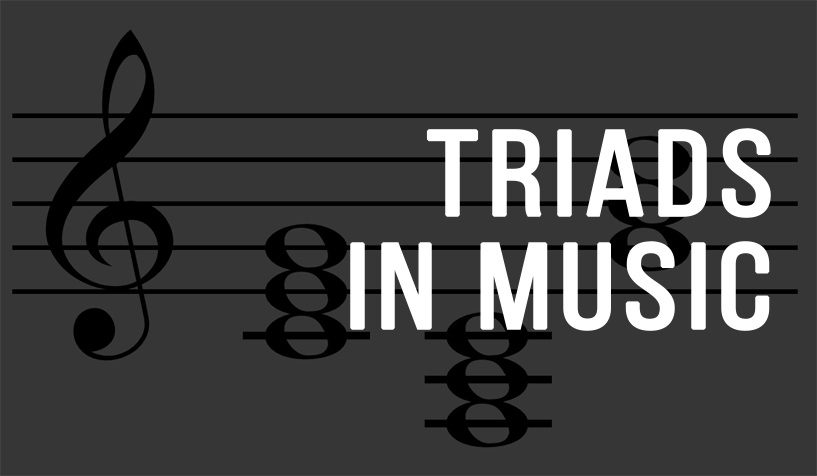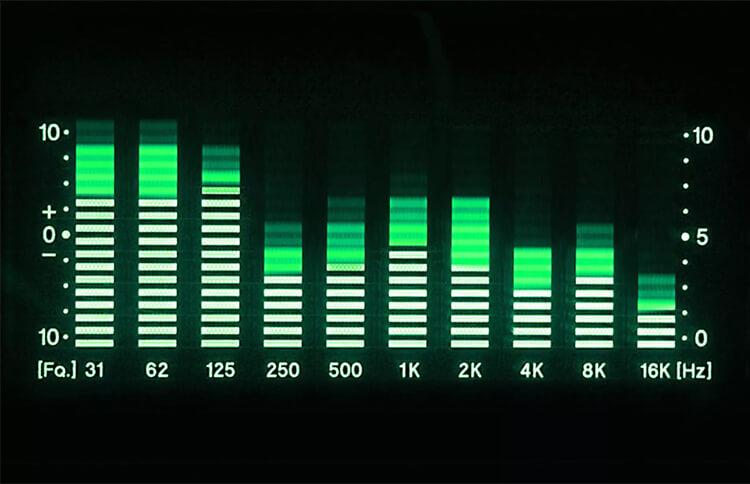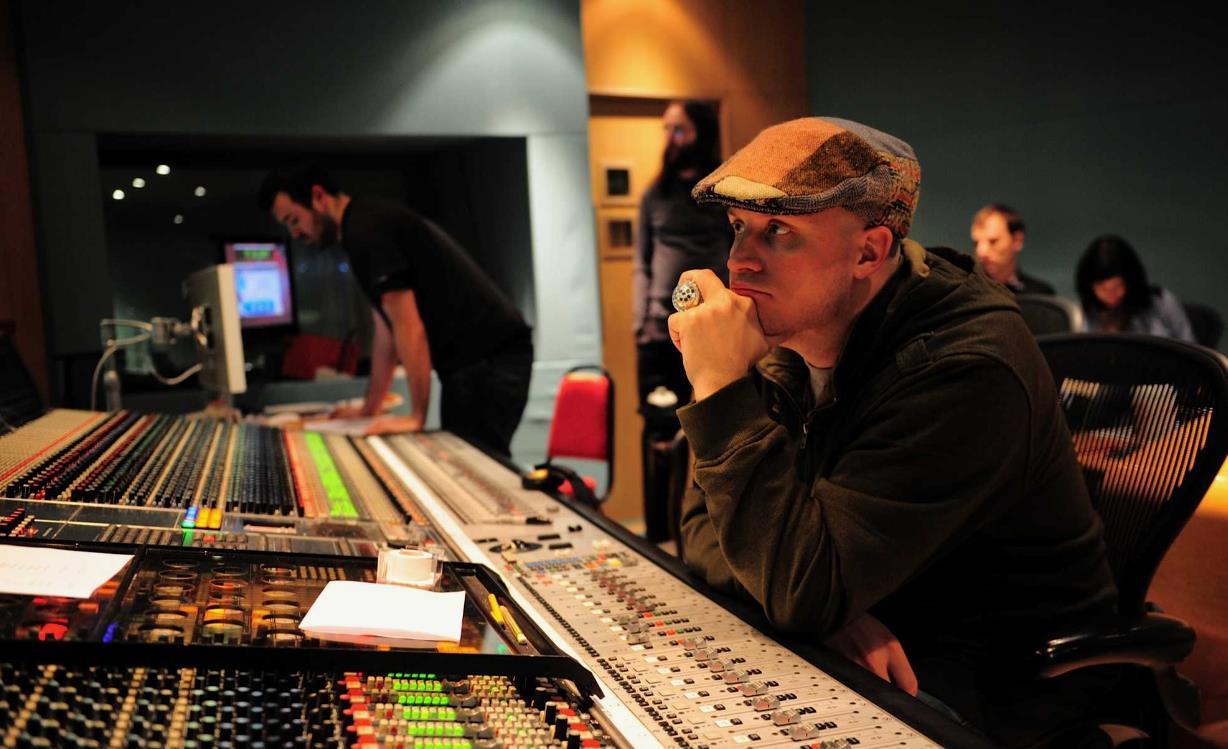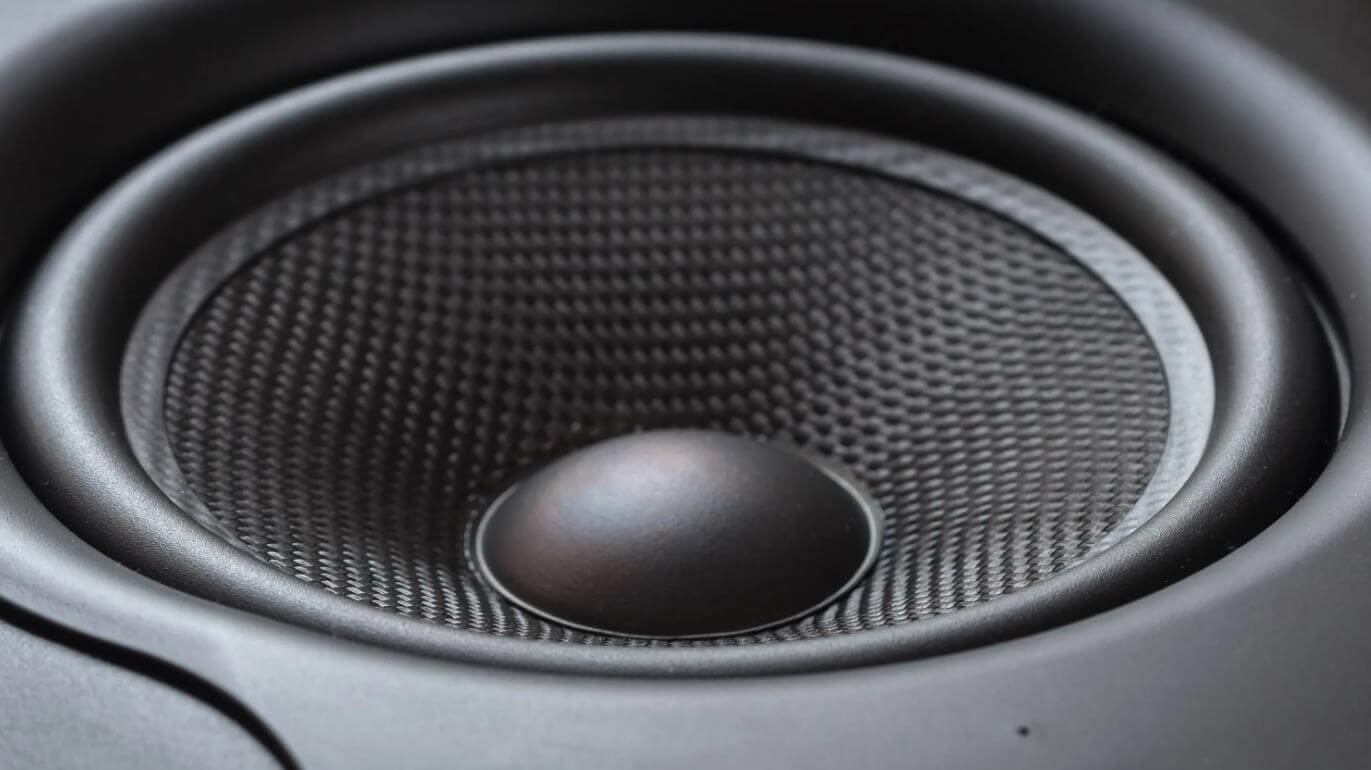How to Make Trap Beats in Amped Studio
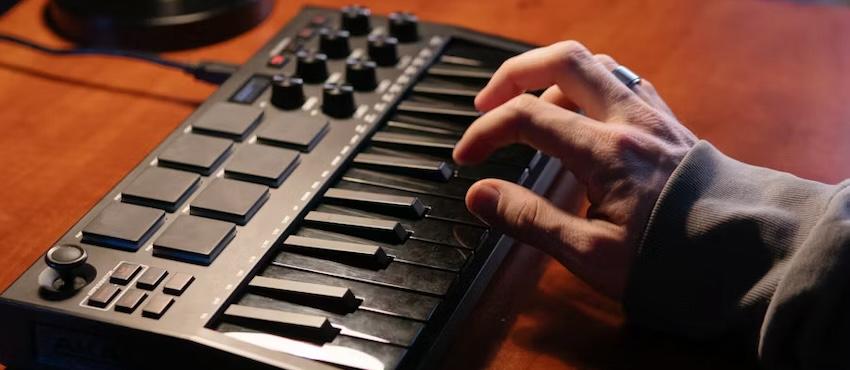
Learning how to make trap beats isn’t just about laying down heavy 808s or hi-hat rolls. It’s about crafting space, vibe, and structure that a rapper can ride. In this trap music tutorial, we’ll walk you through the essentials of building beats in Amped Studio — a flexible, browser-based DAW that works great as a trap beat maker free option.
Whether you’re completely new to production or just trying out an trap beat maker online, this guide will give you the tools, tips, and techniques to create pro-level tracks step by step.
A Brief History of Trap Music
Trap music began in Atlanta, Georgia. The term “trap” refers to drug houses, and early trap lyrics reflected street life and survival. In the 2000s, artists like T.I., Young Jeezy, and Gucci Mane defined the genre with gritty lyrics and stripped-back beats.
But trap’s roots dig deeper — into Memphis rap of the ’80s and ’90s. Artists like Three 6 Mafia and DJ Spanish Fly used lo-fi recording techniques, minor-key melodies, and triplet flows, influencing the genre’s sonic DNA.
The 2010s saw producers like Lex Luger, Metro Boomin, and Southside evolve trap’s sound with thunderous 808s and atmospheric textures. Today, artists like Travis Scott blend ambient, psychedelic elements with trap drums, expanding the genre’s boundaries globally. Modern producers rely on every kind of software to make trap music, from online DAWs to pro-level setups. This evolution has also inspired a new generation of beginners exploring how to create trap music with nothing more than a laptop and Wi-Fi. The internet’s rise has also made trap beat making more accessible than ever, helping bedroom producers contribute to the genre’s constant reinvention.
Check out trap beat maker free platform to make your own beats and turn your ideas into reality.
What Makes a Trap Beat?
If you’re new to trap beat making, here’s what defines the style:
- Drums: 808 kick/bass, snappy snares/claps, and intricate hi-hat rolls.
- Melody: Minimal, moody loops with subtle variation.
- Harmony: Minor keys, sparse chord movement.
- Space: Negative space is essential — leave room for the vocal.
- Arrangement: Repetitive structures often built with rapper/vocalist performance in mind.
Knowing what makes a trap beat is your first step in becoming a confident trap beat creator.
Getting Started in Amped Studio — an Online Trap Beat Maker
To follow this tutorial, create an account on Amped Studio. It’s a powerful trap music beat maker that runs entirely in your browser. If you’re looking for a good music studio for trap, Amped Studio is one of the easiest ways to start, especially if you don’t access to making trap music in studio environments and want a simpler, more accessible alternative. It is a tool that can truly become your go-to trap music studio with this basic guide — an online beat maker trap heads can count on, offering the essential tools to go from idea to finished beat.
Tools to Explore in Amped Studio
- Drum kits in Drumpler. Open up Drumpler, and browse drum kits. All the way down the list of the free kits is “Trap Pack 1” that has suitable sounds for making trap music.
- Volt Mini synth for basslines.
The signature bass sound in trap music — commonly called the 808 — originates from the kick drum of the Roland TR-808 drum machine. Modern trap beats typically use synthesized bass sounds that mimic its core characteristics: a deep sine wave with extended sustain and added harmonics for clarity on small speakers. When you’re learning how to make trap music shaping a solid 808 is one of the most important steps. In Amped Studio, a trap beat maker you can use right in your browser, a great starting point is the “Bass 04” preset in Volt Mini. It gives you that sine-wave foundation with just enough edge to cut through the mix.
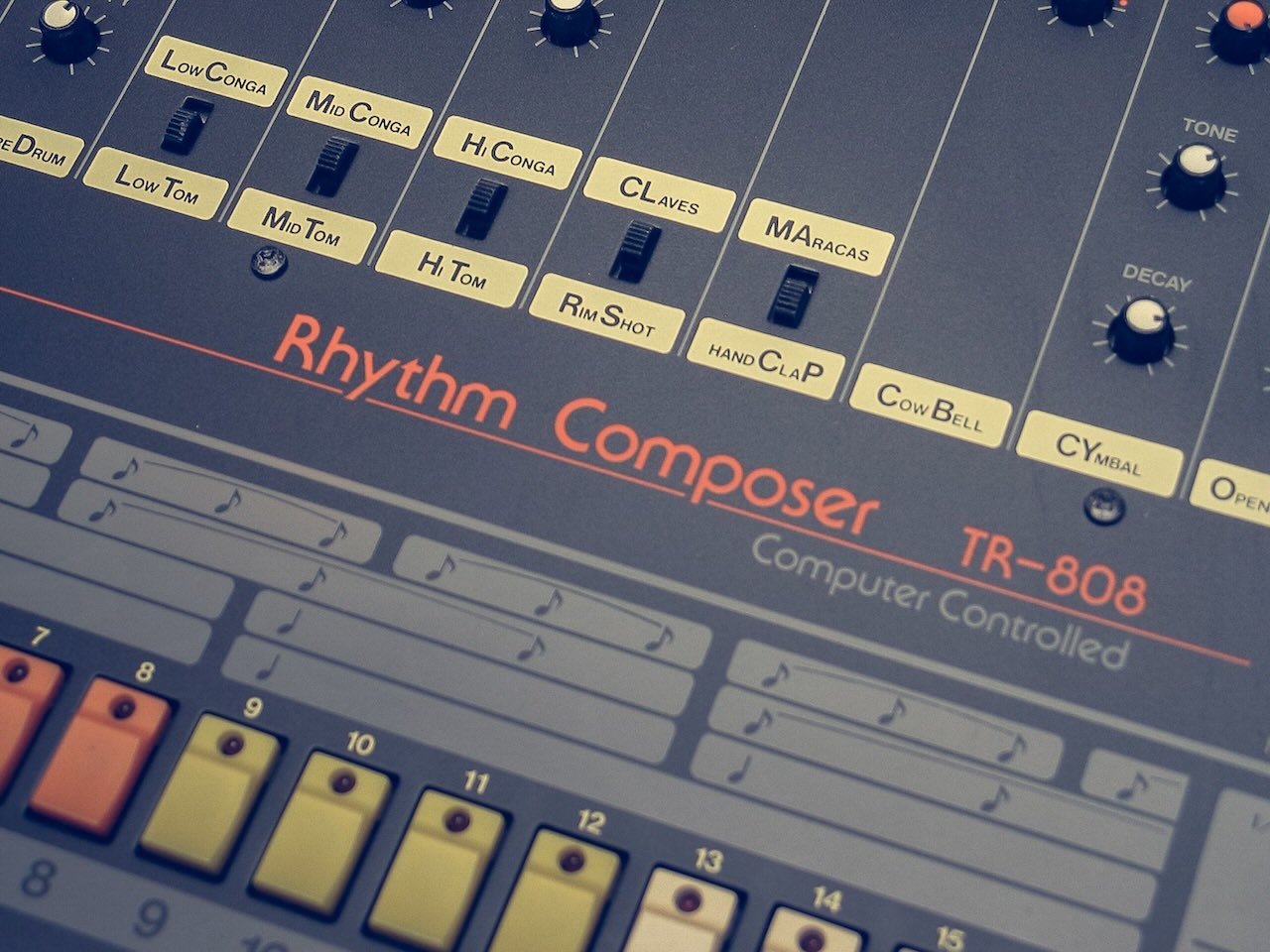
- Chord Creator for harmonies
- Sample Library for loops and samples
While this tutorial focuses on giving you the skills for programming your own trap drum patterns and bass lines from scratch, Amped Studio’s Sound Library is a great place to explore. You’ll find loops of trap instruments like snares with intricate variations, hi-hats with triplets and rolls, and other genre-specific samples — all easily filterable by style. Feel free to drag them into your timeline, study the patterns, and recreate them for deeper learning.
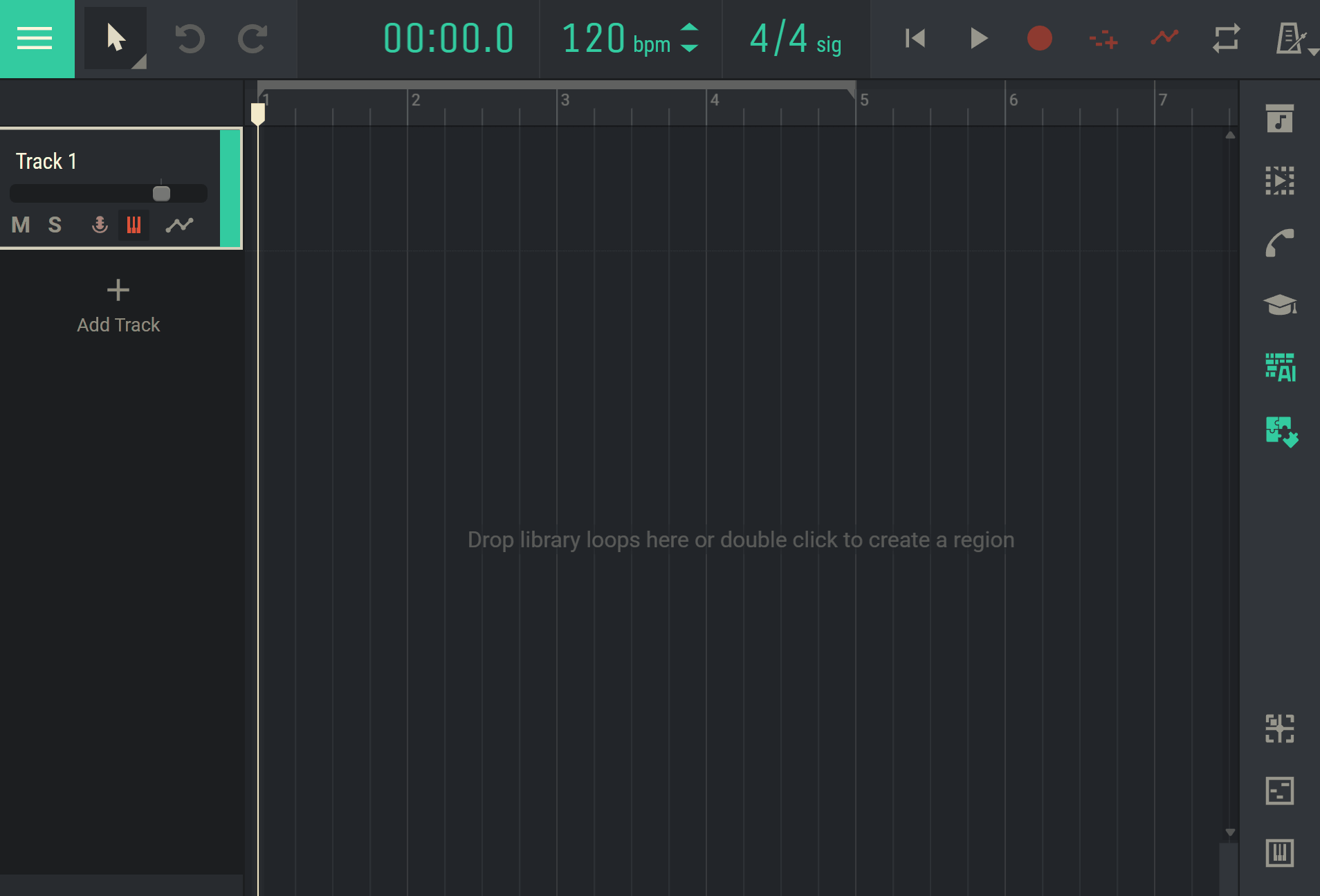
Step-by-Step: Building Your First Trap Beat
Set the Tempo
Set your tempo to 140 BPM. While the project runs at 140, trap beats are usually felt in halftime — so it plays more like 70 BPM, closer to the groove of other rap sub-genres. The result is a laid-back yet very dynamic groove, which is exactly what producers aim for when learning how to make trap beats. The double tempo gives you a higher grid resolution for programming intricate hi-hat parts and snare rolls while keeping the groove laid-back and spacious.
Program Snare and Hi-Hats
Start with the snares: Place snare hits on beats 3 and 7, which in your 140 BPM project correspond to 1.3 and 2.3 on the piano roll. To add bounce and energy, experiment with 16th- or even 32nd-note rolls at the end of phrases — a staple in trap beat making and a great place to get creative with rhythmic flair.
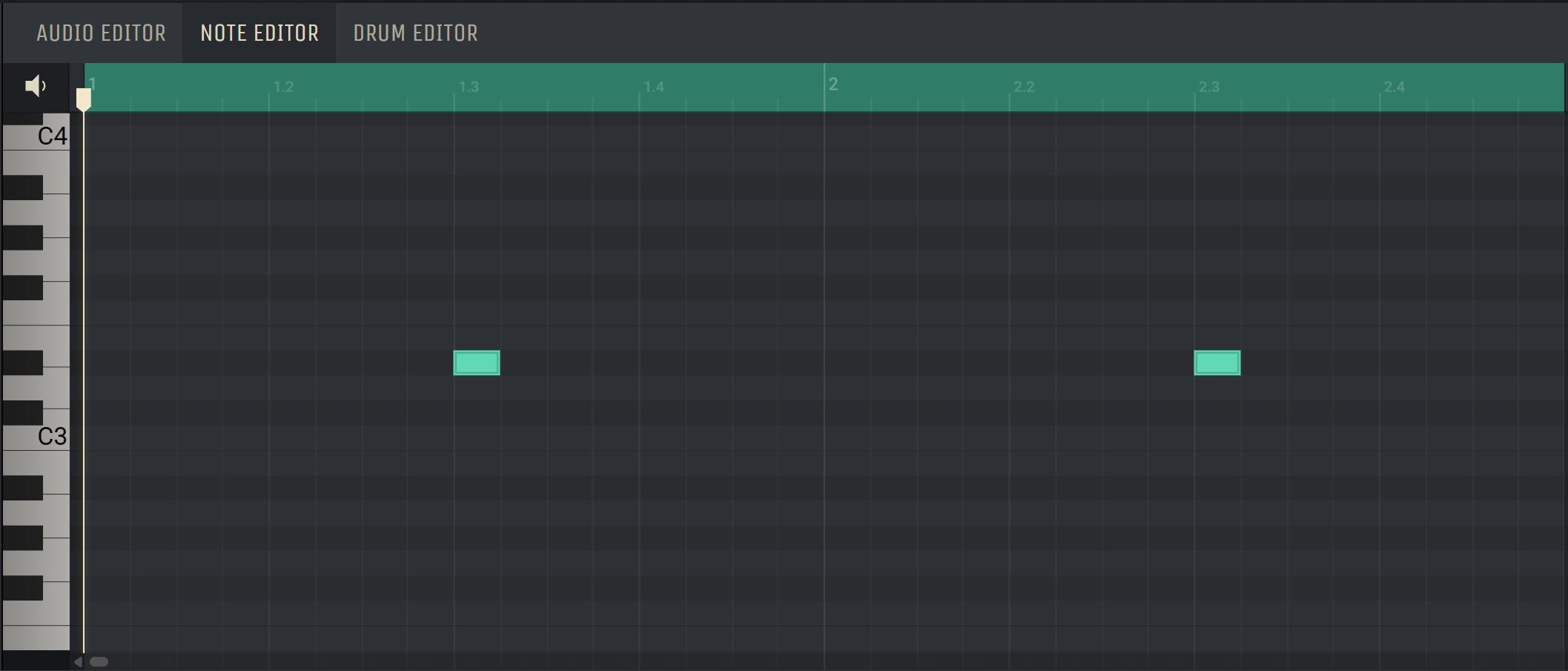
Program hi-hats: Start with steady 8th-note closed hats across two bars, then switch to 16th notes or 16th-note triplets to create that classic trap bounce. Add fluttering fills at the ends of bars to build momentum, those are crucial when making trap music. Trust your ear — this is where your personal groove and creativity can shine.
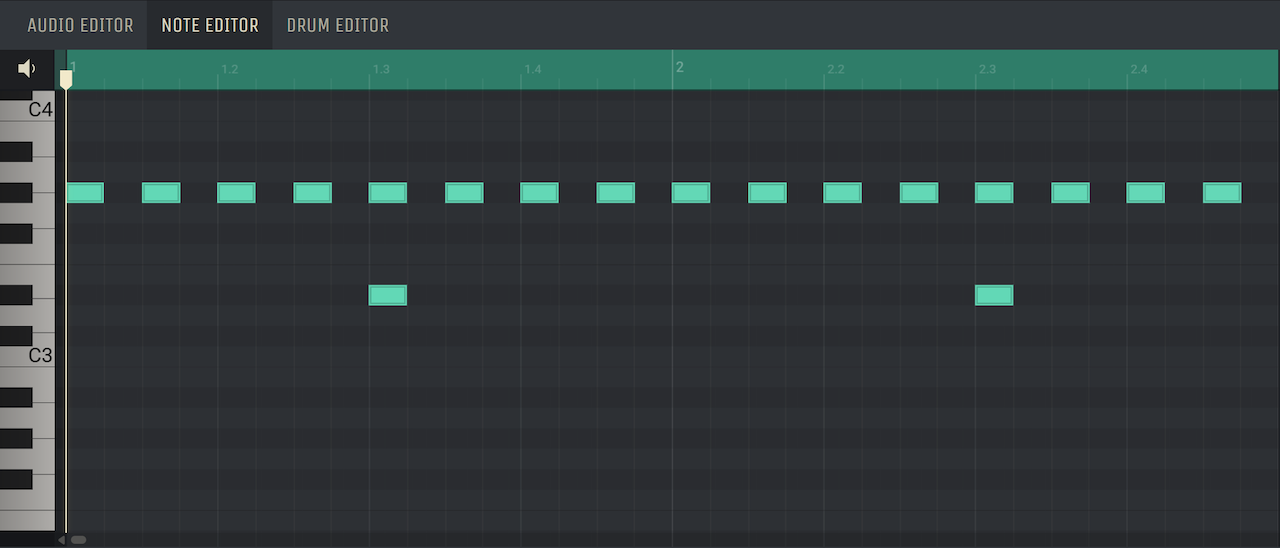
Add the Kick Drum
Start with a kick on beat 1 of the first bar (1.1), then place additional kicks slightly after beat 2 and again just after beat 1 in the second bar. Go by your ear to find the perfect kick placements for that syncopated rhythm common in hip-hop (borrowed from funk and electro), where drums emphasize off-beats for extra bounce.
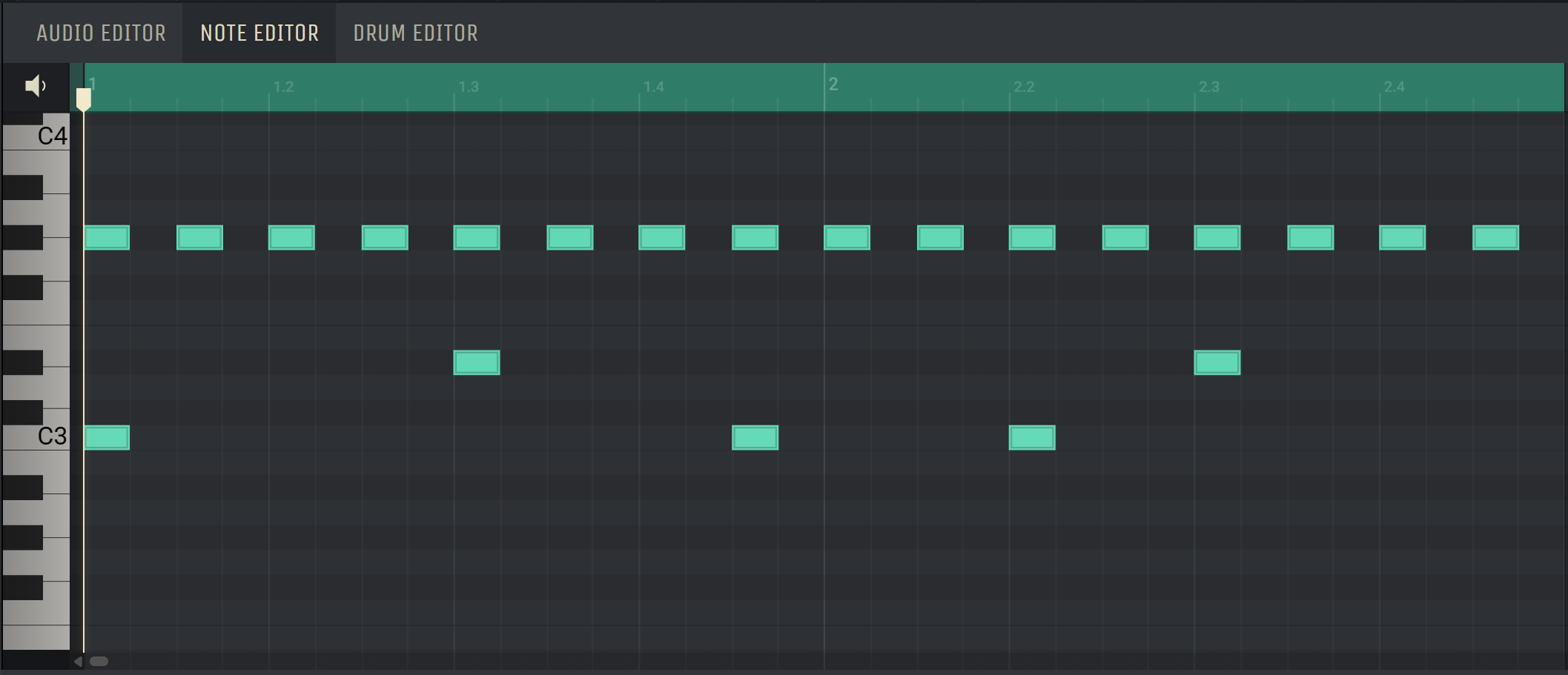
Crafting the 808 Bassline
Use Volt Mini (“Bass 04” preset works great for the 808 bass) and start by matching your 808 notes with your kick drum placements. Add a variation at the end of the two-bar phrase — try two additional shorter passing notes, maybe try an octave jump. This is the perfect place to experiment with slides too. Keep most notes on the root, but don’t be afraid to add a fifth for extra movement.
Glide
Enable “Glide” on the Volt Mini synthesizer for those signature sliding notes. Automate glide on/off to keep that effect only in places you want it. This makes one of the signature sounds of the genre when you make trap music.
Shaping
The “Bass 04” preset on Volt Mini is close to a pure sine wave — great for sub, but hard to hear on small speakers. Add a touch of distortion and experiment with the “Shape” control on Volt Mini to bring out midrange harmonics.
Add Chords and Melodic Elements
Here are two beginner-friendly approaches that work great in Amped Studio:
Option 1: Use Melodic Loops
Open Amped Studio’s Sound Library and filter by Genre: “Trap” to quickly preview pre-made melodic loops tailored to the style. Once you find a loop you like, check the loop’s key in the “Key” column in the Sound Library — you’ll want to adjust your bassline root note to the same key. Trap typically uses minor keys to make those moody dark atmospheres. This is one of the fastest ways to make trap music online without overthinking.
Option 2: Build Chords with the Chord Creator
Amped Studio’s Chord Creator lets you build progressions without needing to know much music theory. Start by setting the key to a typical trap scale like A minor (just make sure it matches your bassline’s root note). You’ll see a row of chord buttons (like Am, C, G, etc.) appear across the top of the editor.

When you make trap music, you’ll mostly use minimal chord progressions — often just one or two chords per 8-bar phrase. One chord may carry most of the loop’s atmosphere, while a second chord is introduced briefly as a variation at the end. Since all the buttons in the Chord Creator are in-key, it’s easy and fun to try different combinations and trust your ears. These choices aren’t trivial — this is what an actual composer does: you’re setting the emotional palette of your track through harmony by choosing your favorite chords at this step.
You’ll want to find a synthesizer preset that matches the vibe of your trap beat and works great with these chords. Here are some pointers:
- Pads – Soft, sustained sounds for ambient background chords.
- Plucks – Short, percussive tones ideal for arpeggios or rhythmic stabs.
- Bells – Icy, minimal textures for cold or emotional progressions.
- Choirs/Vocal Pads – Airy layers that add depth and atmosphere.
- Electric Pianos – Warm, mellow sounds perfect for chord rolls.
Bonus Smart Hack: Trap Beat Project Starter with AI Assistant
While this guide focuses on teaching you how to build trap beats manually, Amped Studio also features an AI Assistant that can work like a trap beat generator. Just choose the genre (like trap) and the desired length, and it’ll generate a full multi-track project you can deconstruct, remix, or rearrange — giving you a fresh starting point from a powerful trap beat
Trap Beat Arrangement Guide
From Loop to Track
In this tutorial, you’ve built a solid 8-bar loop — that’s your Part A, which you can treat as the chorus or full section of your beat. To turn this into a full instrumental, all you need now is a Part B — a contrasting loop that serves as the verse.
Here’s how to create a meaningful variation of your base loop (Part A) and turn your loop into a full structure:
- Duplicate your original loop to start building Part B.
- Make small but noticeable changes:
- Switch up hi-hats: If your Part A uses 8th-note hats, try 16ths or triplets in the verse. Notice how this changes intensity.
- Remove the chords: Strip the chords and any synths to leave just drums + 808 for a sparser, moodier verse.
- Tweak the bassline: Try removing a note or two, adding a new slide in a new place.
- Alter drum fills and add FX: Add a snare fill, variate the hi-hat roll pattern or throw in a riser.
Once you’ve built a solid Part A and a contrasting Part B, you’ve already got everything you need to structure a full trap beat.
A basic structure to follow:
- Intro (4–8 bars) – Strip the beat down to just hats, chords, or FX. This sets the vibe and gives space for the rapper to come in.
- Chorus (Part A, 8 bars) – Your “full beat” section: drums, 808, synths.
- Verse (Part B, 16 bars) – The variation you built. A stripped-down combo of just drums and 808 works great for a rapper to lay down some bars.
- Repeat Chorus and Verse – Alternate these sections to build the body of the track. Small changes between repeats (hat rhythms, FX, fills) keep it fresh. Trap tracks usually run about 2–3 minutes.
- Outro (optional) – End with a strong one-shot, like a crash, FX hit, or sustained 808 note, to give a clean finish.
Understanding trap beat arrangement is how you move from loop-making to full song-building, whether you want to make a trap song or just keep practicing loops.
Mixing and Final Touches
Focus Areas
- 808 bass vs kick: To avoid overlap between your kick and 808, open Volt Mini and slightly increase the attack on the amp envelope — try around 40–60ms. This gives the kick’s transient room to punch through before the 808 fades in.
- EQ cleanup: High-pass all non-bass instruments at around 100–200 Hz to clear out unwanted low-end energy and prevent masking your kick and 808.
- FX & character: Use subtle reverb or delay on melodic parts to add depth without washing out the mix. A touch of distortion or saturation can bring presence to your drums or 808.
- Always leave headroom for mastering. Don’t max out your limiter!
Even if you’re just learning how to make a basic trap music loop, these small steps will instantly improve clarity.
Final Thoughts
Now you know how to make trap beats with professional flavor using Amped Studio. Whether you’re a beginner trap beats maker or just exploring the options, start experimenting with sound choices, patterns, and textures. If you want to make trap music for fun or to make a trap song for a rapper, just focus on learning one step at a time and, of course, experimenting — that’s how real producers get started. Once you’re comfortable, you might even explore how to make EDM trap music — blending trap’s raw energy with EDM’s epic festival-ready drops, intense dynamic synths, and hard-hitting drums.
With Amped Studio’s built-in tools, you’ll grow from experimenting with loops to becoming a confident trap beat creator in no time.



